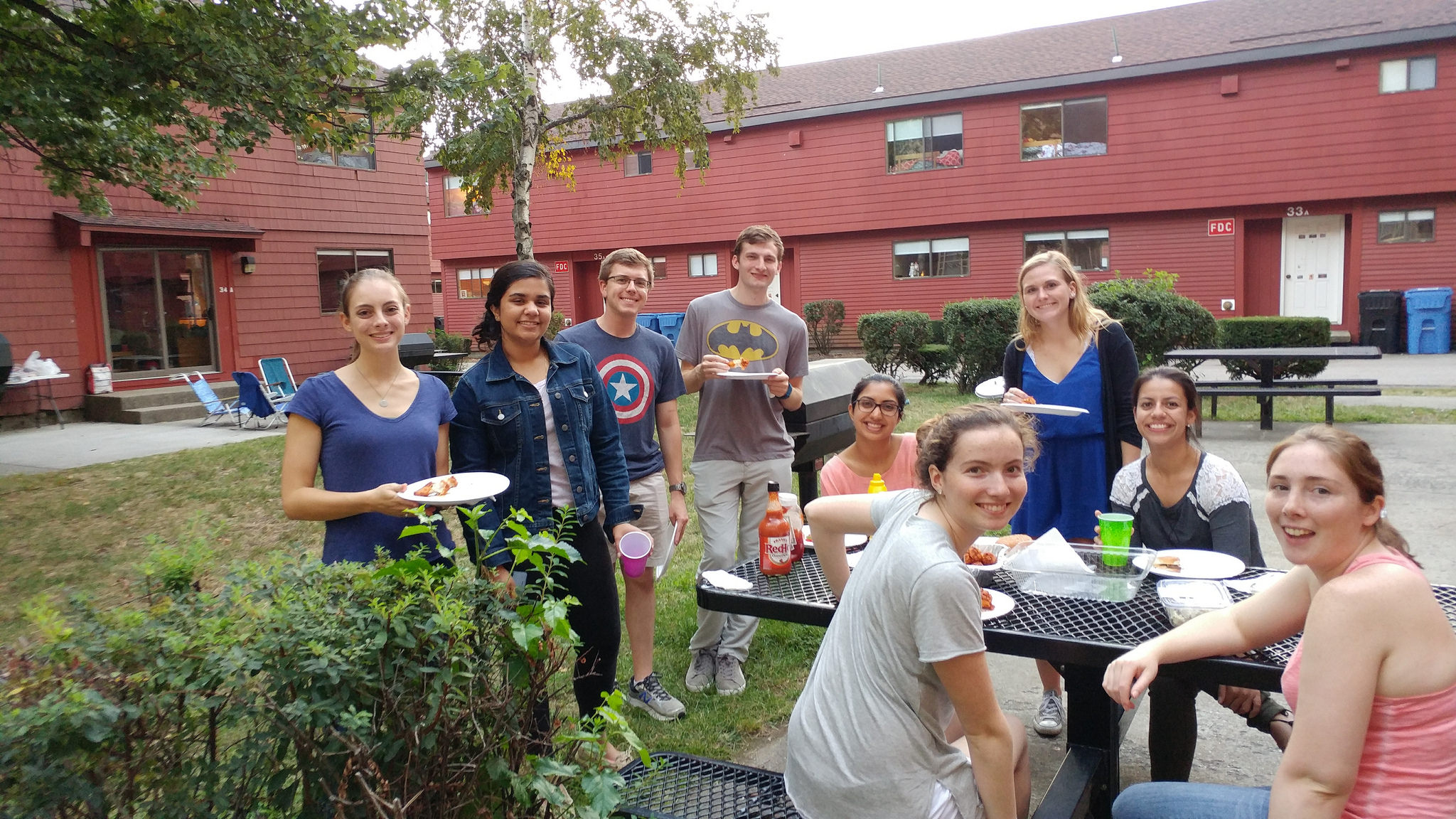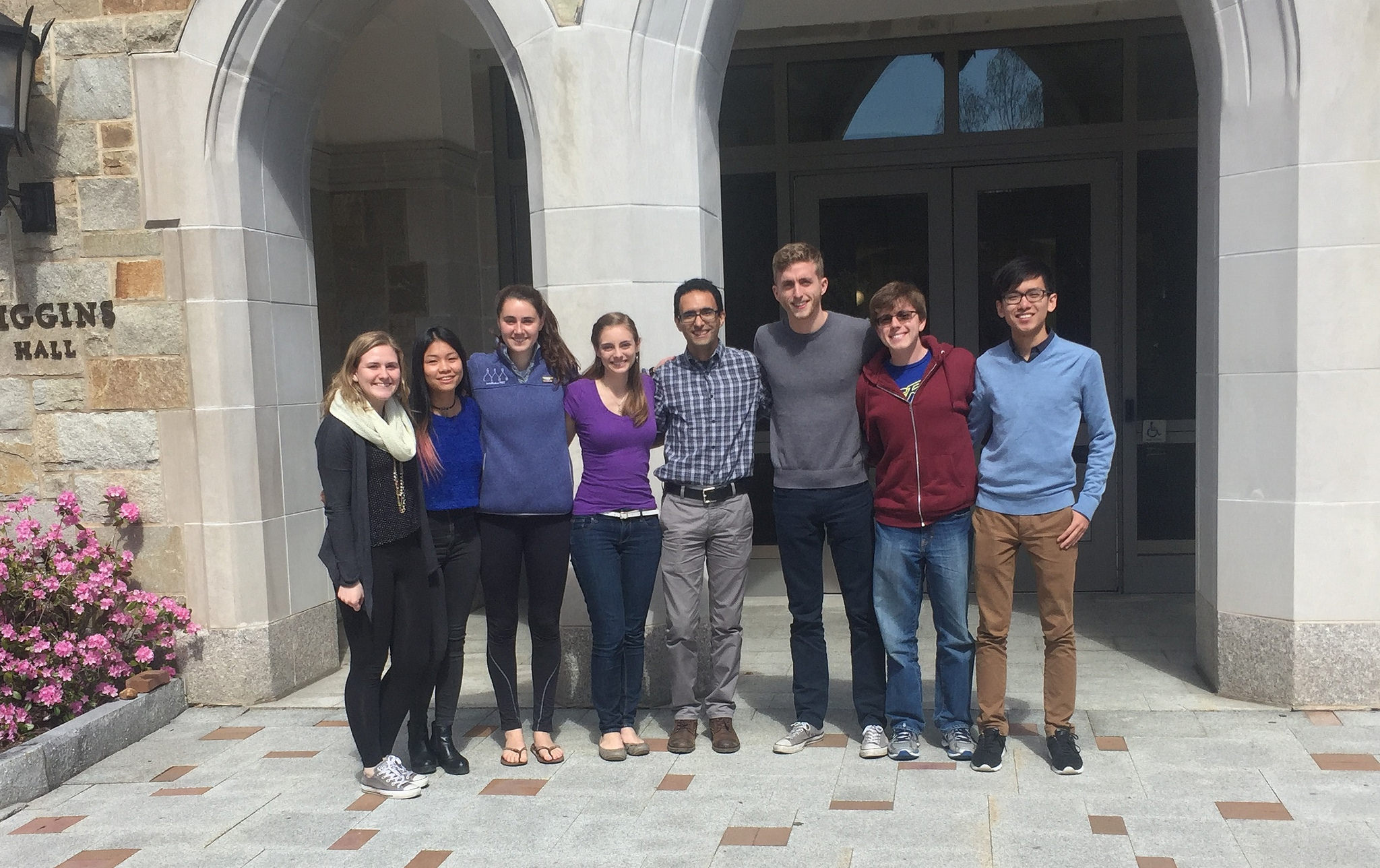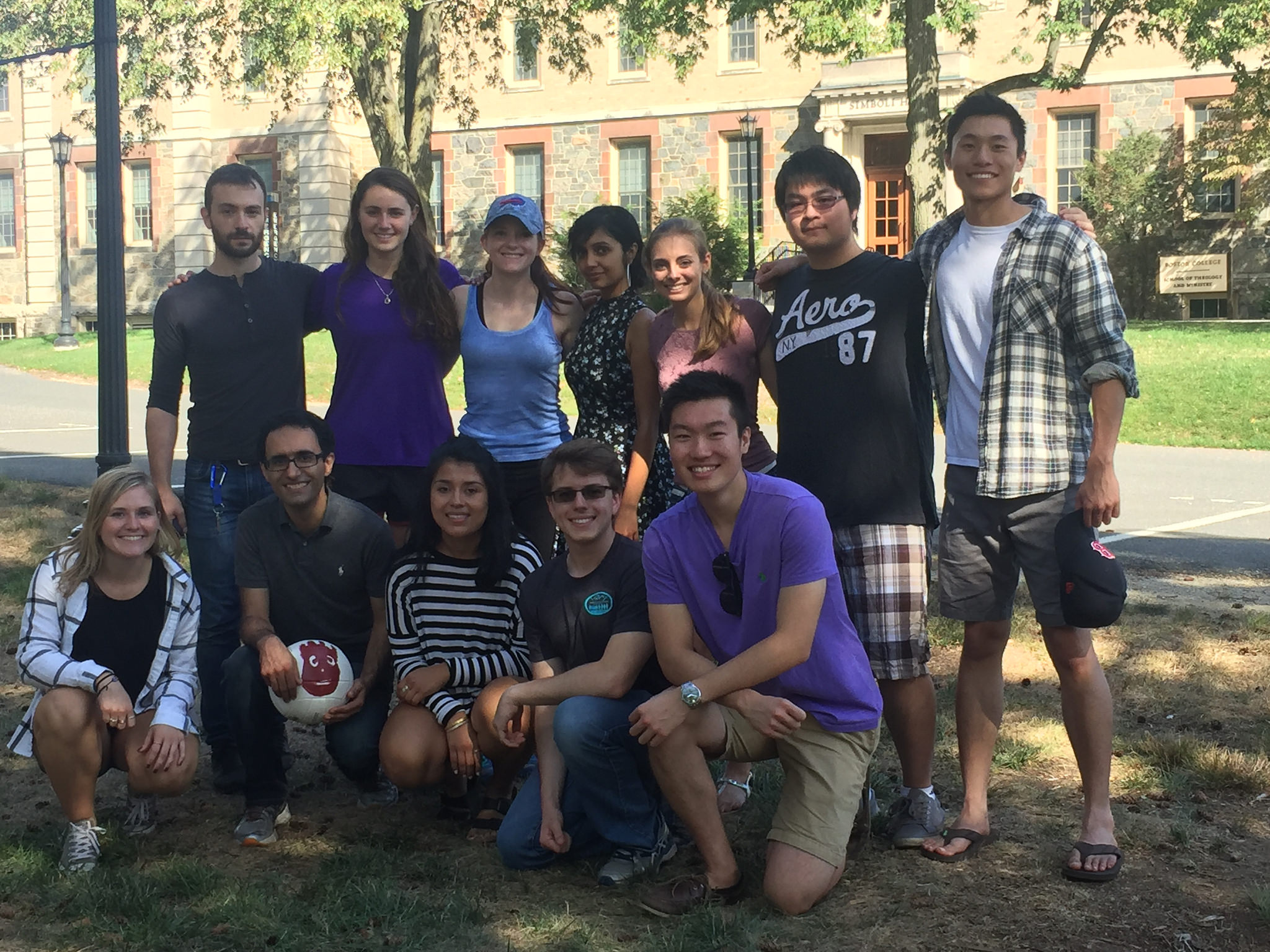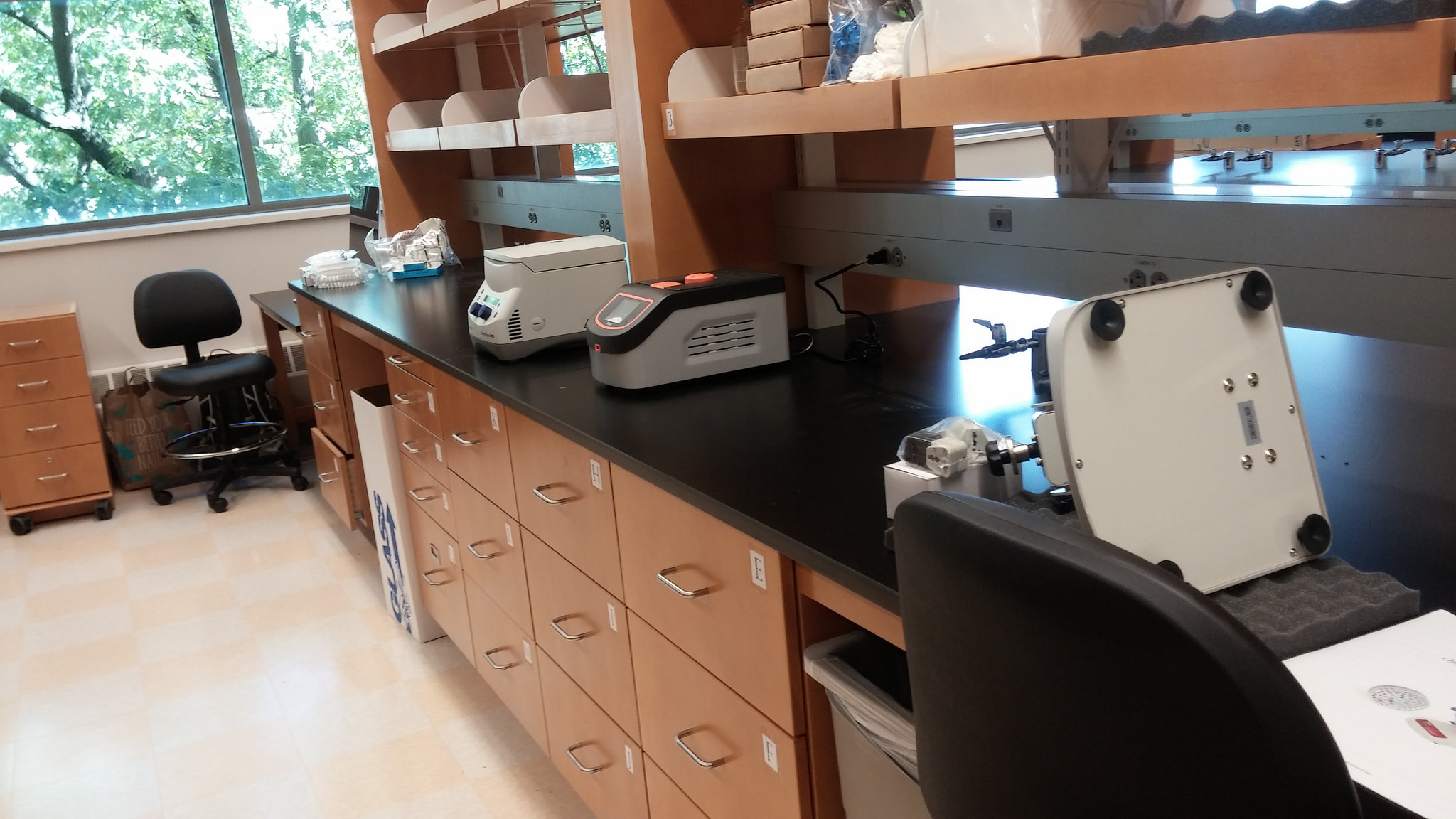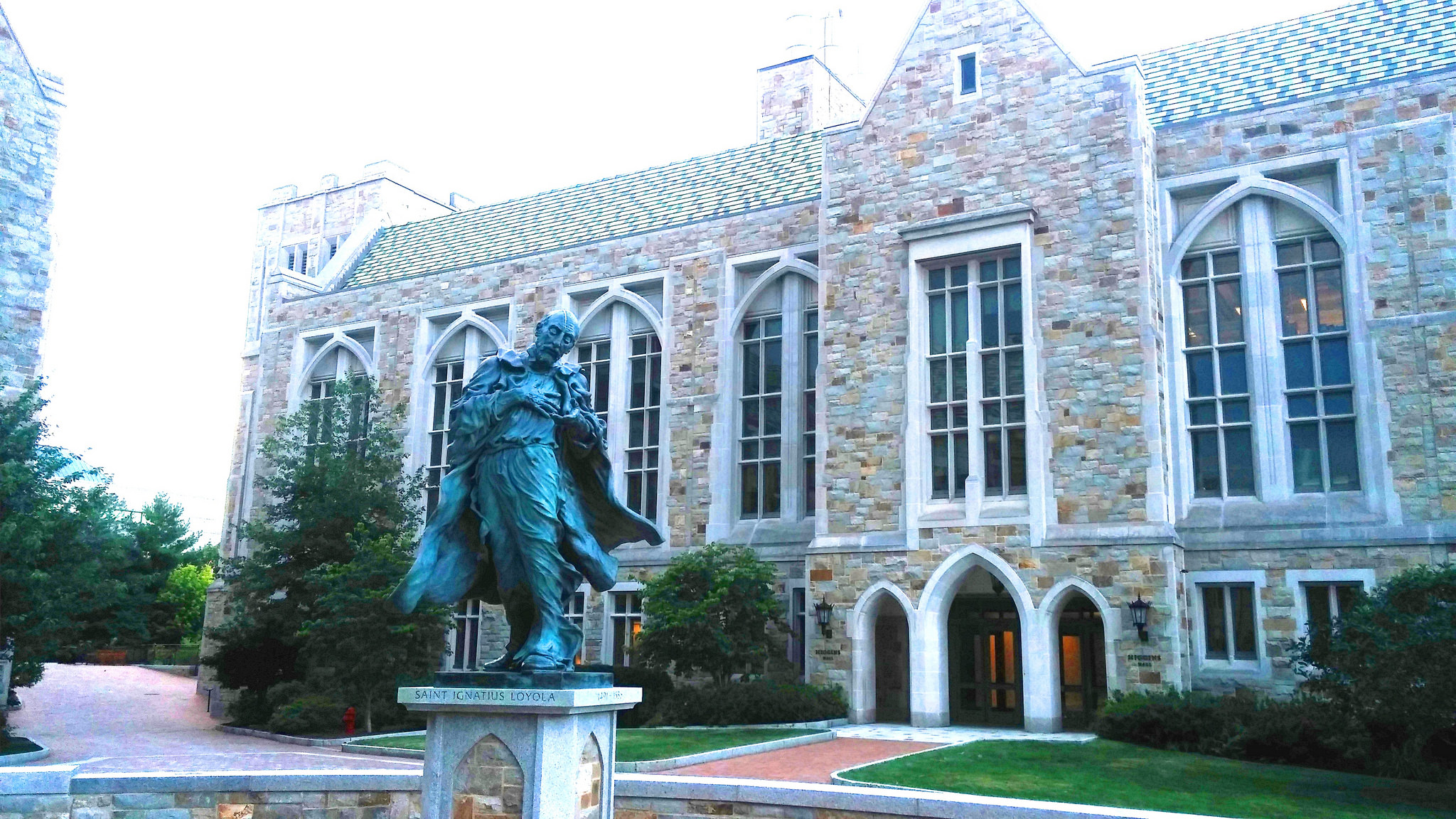Journal Club: September 26
/
This week, the Momeni Lab Journal Club discussed the paper "Changes in the genetic requirements for microbial interactions with increasing community complexity" by Morin, Pierce, and Dutton. Morin and colleagues studied how the genes required for E. coli growth differ when the E. coli is growing alone, in a pairwise environment, or in a full microbial community.
The authors utilized Random Barcode Transposon Sequencing (RB-TnSeq), which uses a library of mutants each of which has a single gene which has been disrupted by a transposon. If E. coli mutant strains with a disrupted gene were growing much slower than expected, that gene was determined to be important for fitness. When E. coli was growing alone, the genes whose loss caused the most negative fitness effects mostly corresponded to amino acid metabolism, resource scavenging, and energy metabolism. In contrast, when E. coli was growing in pairwise conditions, many of the genes important for growth alone were no longer needed in the presence of a partner, and several genes that were not important in the alone condition suddenly became important for growth. Similarly, when E. coli was introduced to the full community, some genes that were important for growth alone or in the pair-wise condition were no longer important, and some previously non-important genes became important in the community. From this, the authors drew the conclusions that E. coli’s genetic requirements for growth are altered by community complexity and that higher-order interactions may be important to the structure of communities containing E. coli.
Much of the work in our lab revolves around a similar principal question: what factors can influence species coexistence in communities? While this paper is primarily focused at the genetic level, the genes identified help give insight into the different factors necessary for growth, and how those factors change from individual to community growth. Amino acid synthesis, resource uptake, and metabolism regulation are functions that our lab takes into account when studying microbial communities and this paper provides evidence that they may critical to microbial interactions.
The link to the paper for this week can be found here: https://elifesciences.org/articles/37072



